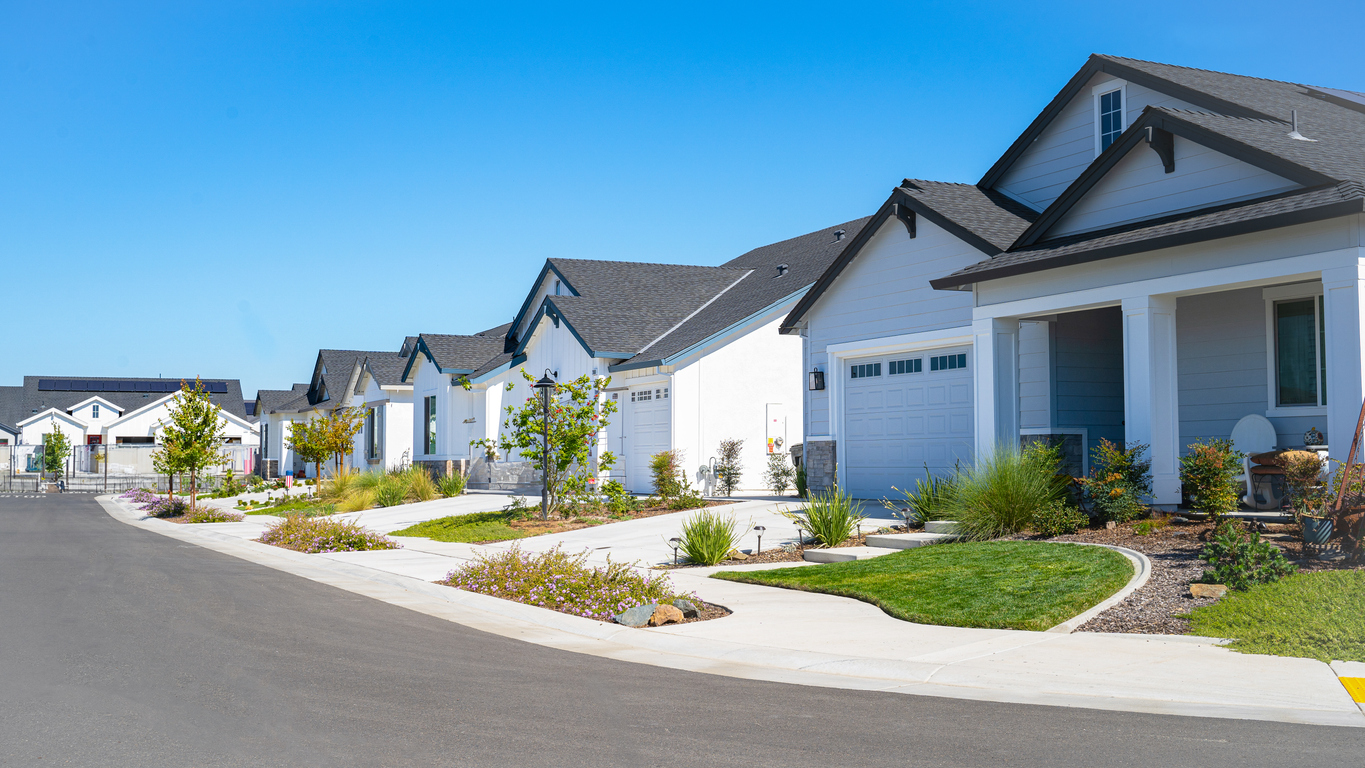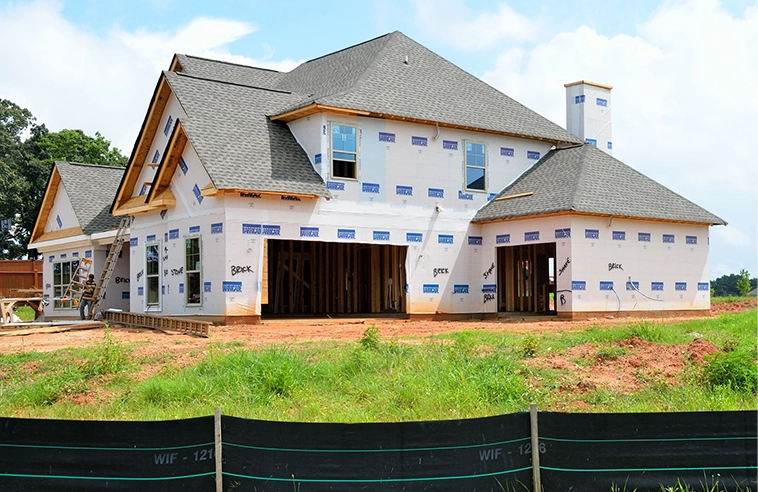Construction Site Theft: Steps to Tackle It
If you search online to find out the total annual cost of theft from construction sites in the United States, you’ll often see variations on the following statistic from the Equipment Theft Report, published by the National Equipment Register and the National Insurance Crime Bureau in 2016:
“Annual estimates of the cost of equipment theft vary from about $300 million to $1 billion, with most estimates in the range of $400 million.”
Apart from being an incredibly wide range of estimates, these figures include theft of agricultural equipment as well as construction equipment. But they don’t include the theft of tools or building materials. They also don’t include damage to equipment and premises caused during a theft, losses from business interruption (such as the cost of rentals, project-delay penalties, or wasted workforce and management time).
So, all things considered, it’s not a very helpful statistic. It appears that nobody collects national data on construction site theft, so nobody really knows how much is stolen from construction sites every year. However, we all know it happens. Here are a handful of recent examples from a quick Google search (and of course there are many incidents that never make the news):
- Nearly $400,000 of equipment was stolen in a series of thefts from construction sites in Washington City, Utah.
- A construction site in Nashville, Tennessee was robbed four times in November.
- So far in 2021, 177 construction site thefts have been reported to the Cape Coral Police Department in Florida.
In this article, we’ll look at various ways builders can protect their assets from thieves — from old school, low tech methods to the latest high tech methods. (Any links to products are for information only. They’re not recommendations for any specific products.)
Of course, none of the options is a guarantee against theft, and you’re probably doing at least some of them already. But maybe there’s one or two extra you could add. Even making a theft a little more difficult or time consuming can be a deterrent in itself.
Just-in-Time Deliveries
Some thieves are sophisticated and engage in highly organized criminal operations — but others are simple opportunists. One way to reduce opportunities for theft is to schedule just-in-time deliveries to avoid having materials lying around unused on the jobsite. The longer a pile of lumber is lying in corner of your jobsite, the more opportunities thieves have to steal it.
Warning Signs
Signs attached to perimeter fences reminding would-be intruders they’re breaking the law if they trespass on the construction site won’t deter serious criminals. But they could be enough to deter bored thrill seekers.
Product/Vehicle Identification Numbers
A low tech action that doesn’t prevent theft, but helps deal with it if it happens: recording the Product Identification Number (or Vehicle Identification Number) of all equipment. It’s also a good idea to have the number duplicated in a less visible location on the equipment — in case thieves remove the number from its visible location.
Immobilizing Equipment
Immobilize equipment by, for example, removing wheels or batteries. Consider steering wheel locks, alarms, and ignition kill switches. Make sure employees and contractors never leave equipment on trailers — you don’t want it to be easy to steal your stuff!
Cameras and Security Systems
Surveillance cameras are a deterrent, as well as helping law enforcement if you are hit by theft. You need good lighting, though. Solar powered and motion-sensor lighting can help reduce how much power is used. (Motion-detection lighting also has the advantage of scaring the bejesus out of intruders.) Depending on the size and value of your construction site, and the local risk of theft, a service that provides remote, round-the-clock monitoring of live video feeds may be worth considering.
Secure Storage
Store tools in locked boxes, cabinets, or containers. A higher tech option is for authorized personnel to wear or carry RFID [Radio-Frequency ID] tags, such as ID badges or key cards, like those used to get into hotel rooms, offices, or apartment buildings. Someone who isn’t appropriately tagged won’t be able to access the storage space. There are various pros and cons to consider with different kinds of RFID. See this article for more info: Complete Guide to RFID Door Lock Access Control Systems. The same technology could be used to restrict access to the entire site.
Large Asset Tracking
GPS [Global Positioning System] and GNSS [Global Navigation Satellite System] are a good fit for tracking assets outdoors over large areas. These systems use receivers attached to an asset to collect radio signals transmitted via satellites. Using these signals, the receivers can calculate the asset’s location (in terms of latitude and longitude). The receivers’ accuracy can vary depending on how well they can detect the satellite signals. Tall buildings, dense trees, and enclosed spaces (such as buildings and tunnels) can impair their function. The systems may also use a lot of power.[1]
You can place GPS-enabled tracking devices on your construction equipment and get alerts on your cell phone when, for example, a piece of equipment is on the move during the night. Alternatively, you can combine GPS with a geo-fence — a virtual boundary — around your job site, or a smaller area, and be alerted when a piece of equipment crosses the geo-fence.


Small Asset Tracking
Using GPS tracking is likely overkill for smaller assets such as power tools, ladders, and plate compactors. But these are easy targets for thieves because they’re so portable. And although they’re obviously not as expensive to replace as an excavator, their loss can cause serious delays on a project.
One way to track these is to have a check in/out system. The assets each have a barcode or QR code affixed to them, and workers use a tool-tracking app to check items in and out. This makes sure your assets are stored properly at the end of every workday and everyone on the site is taking responsibility for the tools they use.
Further reading:
- Heavy Equipment Theft Prevention
- RFID Tags
- RFID Asset Tracking
- Asset Tracking Systems for Construction
- Equipment Tracking Technology
[1] Asset Tracking & Asset Monitoring
If you know someone in the construction industry who might find this information helpful, please feel free to share it with them.
If you’d like to learn more about our warranty management services, please contact Matt at (316) 706-0368 or matt@prohome.com today.




